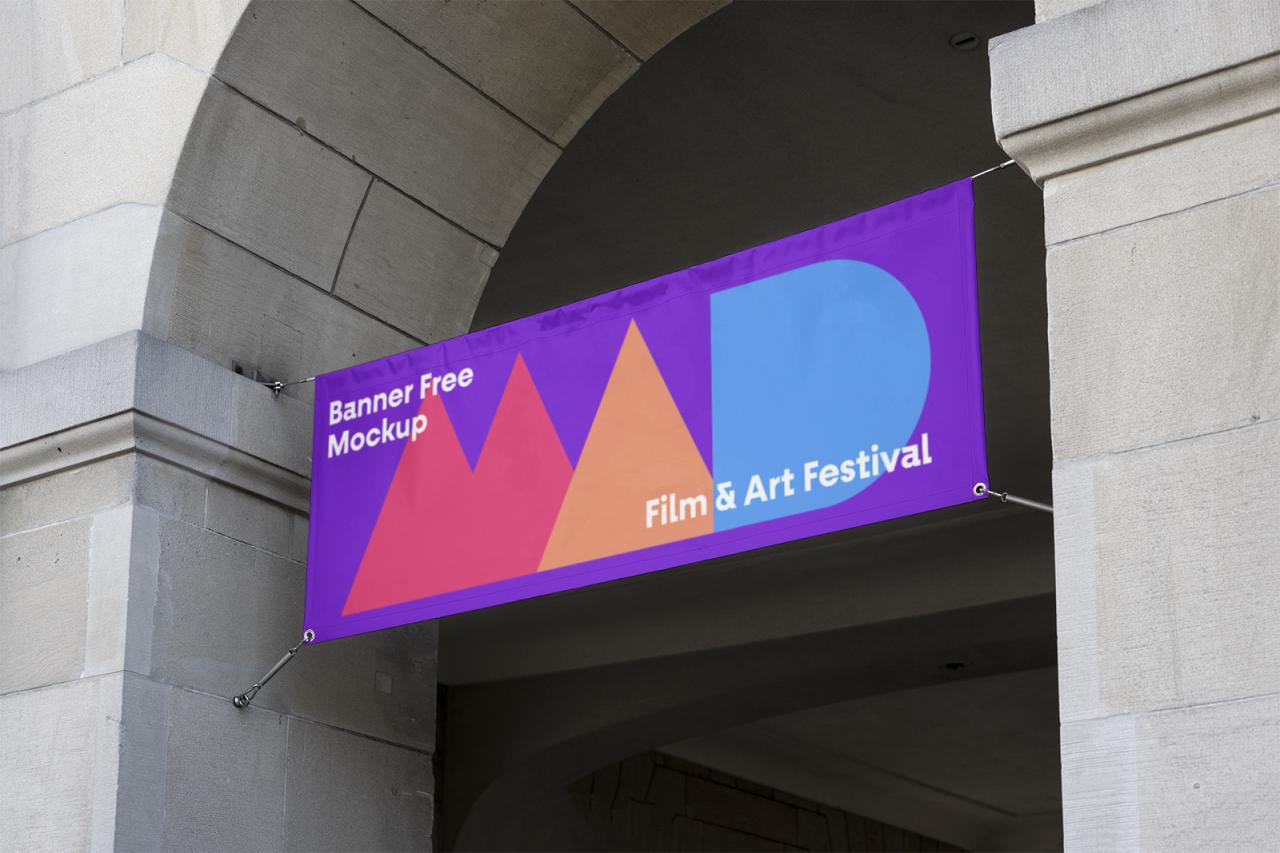
Banner Mock Up: A Comprehensive Guide to Enhancing Your Visual Presentation
Banners serve as a highly effective marketing tool for promoting brands, products, and services. They offer a captivating visual medium to communicate key messages and attract attention. To create a compelling banner that resonates with the target audience, it is crucial to leverage banner mockups. This guide delves into the world of banner mockups, providing a comprehensive understanding of their significance, types, and best practices for their effective utilization.
Understanding Banner Mockups
A banner mockup is a digital representation of a banner design. It provides a realistic preview of how the banner will appear when printed or displayed digitally. By incorporating the banner design into a mockup, businesses can evaluate its visual appeal, assess its impact, and make informed decisions before investing in production.
Types of Banner Mockups
Banner mockups come in various types, each tailored to specific display formats and applications.
-
Standard Banner Mockups: Designed for standard banner sizes such as 468×60, 728×90, and 300×250, these mockups showcase the banner within a web page or email context.
-
Billboard Banner Mockups: Replicating the grandeur of large-scale billboards, these mockups present the banner in an outdoor urban setting, allowing businesses to visualize the impact of their design on a real-world scale.
-
Social Media Banner Mockups: Optimized for social media platforms like Facebook, Twitter, and Instagram, these mockups display the banner within the respective social media interface, providing insights into how the design will appear in users’ feeds.
-
Roll-Up Banner Mockups: Designed for retractable banners commonly used at trade shows and events, these mockups showcase the banner in its extended state, demonstrating its portability and convenience.
Benefits of Using Banner Mockups
Incorporating banner mockups into the design process offers numerous advantages:
-
Visualize the Final Product: Mockups provide a tangible representation of the banner, allowing designers and clients to envision the final product before printing or production.
-
Evaluate Design Effectiveness: By viewing the banner mockup in a realistic setting, businesses can assess its visual appeal, legibility, and overall effectiveness in communicating the intended message.
-
Experiment with Variations: Mockups enable designers to experiment with different design elements, such as colors, images, and typography, to determine the most impactful combination.
-
Make Informed Decisions: Mockups provide a basis for informed decision-making, allowing businesses to refine their banner designs and avoid costly production errors.
-
Impress Clients: Presenting clients with mockups demonstrates professionalism and attention to detail, fostering confidence in the design process.
Best Practices for Effective Banner Mockups
Creating impactful banner mockups requires adherence to best practices:
-
Use High-Resolution Images: Employing high-resolution images ensures clarity and sharpness in the final banner.
-
Consider the Target Audience: Tailor the banner design and mockup to resonate with the specific target audience.
-
Incorporate Call-to-Action: Include a clear call-to-action to guide viewers towards the desired action, such as visiting a website or making a purchase.
-
Optimize for Different Devices: Ensure the banner mockup is optimized for display across multiple devices, including desktops, laptops, tablets, and smartphones.
-
Seek Feedback and Iterate: Share the banner mockups with colleagues, clients, or focus groups to gather feedback and make necessary revisions before finalizing the design.
Frequently Asked Questions (FAQs)
Q1. What is the difference between a banner mockup and a banner template?
A1. A banner mockup provides a realistic preview of the banner design, while a banner template offers a customizable framework for creating the actual banner.
Q2. What software is commonly used for creating banner mockups?
A2. Popular software for creating banner mockups include Adobe Photoshop, Figma, Canva, and GIMP.
Q3. Can I use banner mockups for free?
A3. While some websites offer free banner mockups, it is advisable to use high-quality mockups from reputable sources to ensure professional results.
Q4. How do I add my design to a banner mockup?
A4. Most banner mockups come with editable layers, allowing you to easily insert your design using software like Photoshop or Figma.
Q5. What file formats are typically used for banner mockups?
A5. Common file formats for banner mockups include PSD, PNG, and JPG, which offer flexibility and compatibility across different platforms.
Conclusion
Banner mockups play a pivotal role in the design and marketing of effective banners. By providing a realistic representation of the final product, they enable businesses to evaluate design impact, experiment with variations, and make informed decisions. By adhering to best practices and leveraging high-quality mockups, businesses can create compelling banners that captivate attention and achieve their desired marketing objectives.





